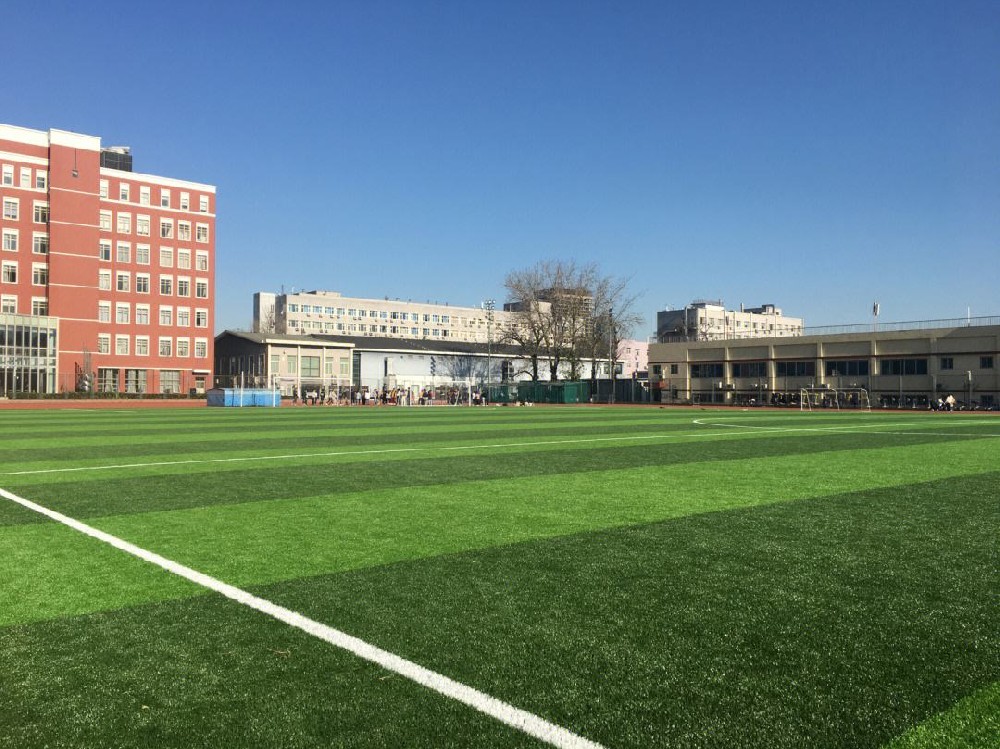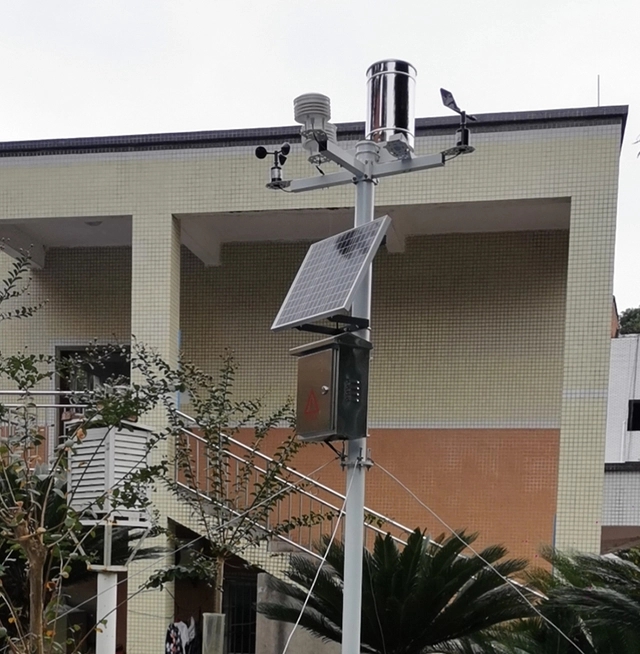

— Blogs —
—Products—
 Consumer hotline +8618073152920
Consumer hotline +8618073152920 WhatsApp:+8615367865107
Address:Room 102, District D, Houhu Industrial Park, Yuelu District, Changsha City, Hunan Province, China
Product knowledge
Time:2024-05-12 17:31:39 Popularity:421
The Automated Campus Weather Station is not only a state-of-the-art facility for weather monitoring, but also an innovative tool in the field of education. It provides a window for students to explore natural science by collecting data on a range of key meteorological elements, such as temperature, humidity, wind speed and precipitation.

New Perspectives in Science Education
In the teaching of natural science, meteorological data becomes a vivid learning case. Students analyse real-time data to gain a deeper understanding of core concepts in meteorology, climate, geography and environmental science. They learn how to observe weather systems, climate change, and ecosystems, laying the foundation for future scientific research.
Field Observations and Experimental Design
Data from weather stations motivate students to make field observations and design experiments. They can measure changes in temperature and humidity at different time periods or locations, thus developing careful observation and experimental skills. This hands-on learning approach allows students to experience the process of scientific inquiry first-hand.
Data Analysis and Statistical Methods
Mathematics and statistics programmes incorporate meteorological data by teaching students how to collect, process and interpret data. Through graphing and statistical methods, students learn how to translate data into meaningful insights and develop the ability to solve complex problems.
In-depth research projects
Senior or graduate students use weather station data to conduct research projects, such as long-term studies of climate change and the effects of weather on crop growth. These studies not only enhance students' research abilities, but also inject new vigour into campus research activities.

Environmental Awareness and Safety Education
By analysing meteorological data, students are able to better understand environmental issues such as air pollution, global warming and extreme weather events. This helps develop their environmental awareness and concept of sustainable development. At the same time, meteorological data helps schools to respond quickly in extreme weather conditions to ensure the safety of students.
Real-time Decision Making and Interdisciplinary Learning
School management uses weather data to make real-time decisions, such as adjusting outdoor activity plans, scheduling sports events, or whether to suspend classes. In addition, weather data serves as a bridge to interdisciplinary learning, combining geography, environmental science and computer science to develop students' comprehensive application skills.
Through these application scenarios, the Automatic Campus Weather Station not only enhances students' scientific literacy, but also strengthens the school's science education resources and teaching effectiveness. It injects scientific vigour into campus life and cultivates students' innovative thinking and practical ability.
Prev:What elements can be monitored by weather station on campus?
Next:Understanding rainfall measurement: meaning, methods, and applications
Related recommendations
Sensors & Weather Stations Catalog
Agriculture Sensors and Weather Stations Catalog-NiuBoL.pdf
Weather Stations Catalog-NiuBoL.pdf
Related products
 Combined air temperature and relative humidity sensor
Combined air temperature and relative humidity sensor Soil Moisture Temperature sensor for irrigation
Soil Moisture Temperature sensor for irrigation Soil pH sensor RS485 soil Testing instrument soil ph meter for agriculture
Soil pH sensor RS485 soil Testing instrument soil ph meter for agriculture Wind Speed sensor Output Modbus/RS485/Analog/0-5V/4-20mA
Wind Speed sensor Output Modbus/RS485/Analog/0-5V/4-20mA Tipping bucket rain gauge for weather monitoring auto rainfall sensor RS485/Outdoor/stainless steel
Tipping bucket rain gauge for weather monitoring auto rainfall sensor RS485/Outdoor/stainless steel Pyranometer Solar Radiation Sensor 4-20mA/RS485
Pyranometer Solar Radiation Sensor 4-20mA/RS485
Screenshot, WhatsApp to identify the QR code
WhatsApp number:+8615367865107
(Click on WhatsApp to copy and add friends)